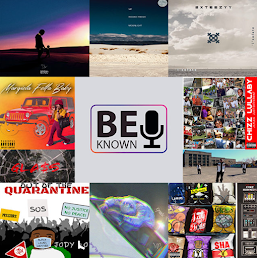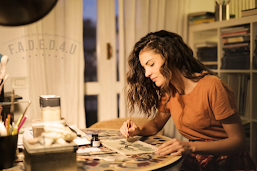American Girl's new 2018 Girl of the Year, Luciana Vega, is
on a mission: she wants to be the first person on Mars.
American Girl, the toymaker company making dolls with
aspirational stories, debuted this year's new American Girl with the goal
of increasing girls' interest in STEM. With the help of NASA's former
chief scientists Dr. Ellen Stofan and NASA astronaut Dr. Megan McArthur
Behnken, Luciana's character and storyline was made as accurate as possible:
she's an an 11-year-old who wins a scholarship to attend Space Camp in
Huntsville, Alabama. Befitting of her storyline, her outfits include a
space suit and a galaxy-themed dress with silver futuristic shoes.
In addition to the American Girl's new addition of
Luciana, they have launched Blast Off to Discovery Day in partnership with
NASA, Scholastic and Space Camp. The initiative aims to get third through fifth
graders into space exploration with Luciana-inspired STEM-based lessons
and activities, videos and a game that will be available on scholastic.com on January 31,
2018.
American Girl's initiative to increase girls' interest in
STEM arises during a time when brands, organizations and government offices
have been putting effort to do just the same. A necessary effort as the
statistics of women in the STEM industry have proven to show a drastic
gender gap. According to the National Girls Collaborative Project, only 29% of
women make up the STEM industry, despite the fact that girls perform at the
same rate in mathematics and science courses as their male counterparts, and
make up for 50.3% of science and engineering bachelor degrees.
To add to the stride in diversifying the STEM industry by
sparking interest in youth, the new American Doll, Luciana, is latina. Although
there are rather low numbers for women in the science, technology, engineering
and mathematics field, it has become slightly more diverse. However, latino and
black races remain underrepresented. According to the National Girls
Collaborative Project, in 2013, 70% of workers in science and engineering
occupations were white. Additionally, Hispanics, blacks, and American
Indians/Alaska Natives make up a smaller share of the science and engineering
workforce (11%) than their proportion in the general population (27% of
U.S. working age population).
Earlier in 2017, LEGO had also released the toy set,
"Women of NASA" collection, dedicated to the women who helped NASA
get to space, including Nancy Grace Roman, scientist Margaret Hamilton, who was
the lead software designer for the Apollo 11 moon landing; and astronauts Sally
Ride and Mae Jemison, the first woman and African American woman in space.




















.png)

.png)
.png)


0 Comments